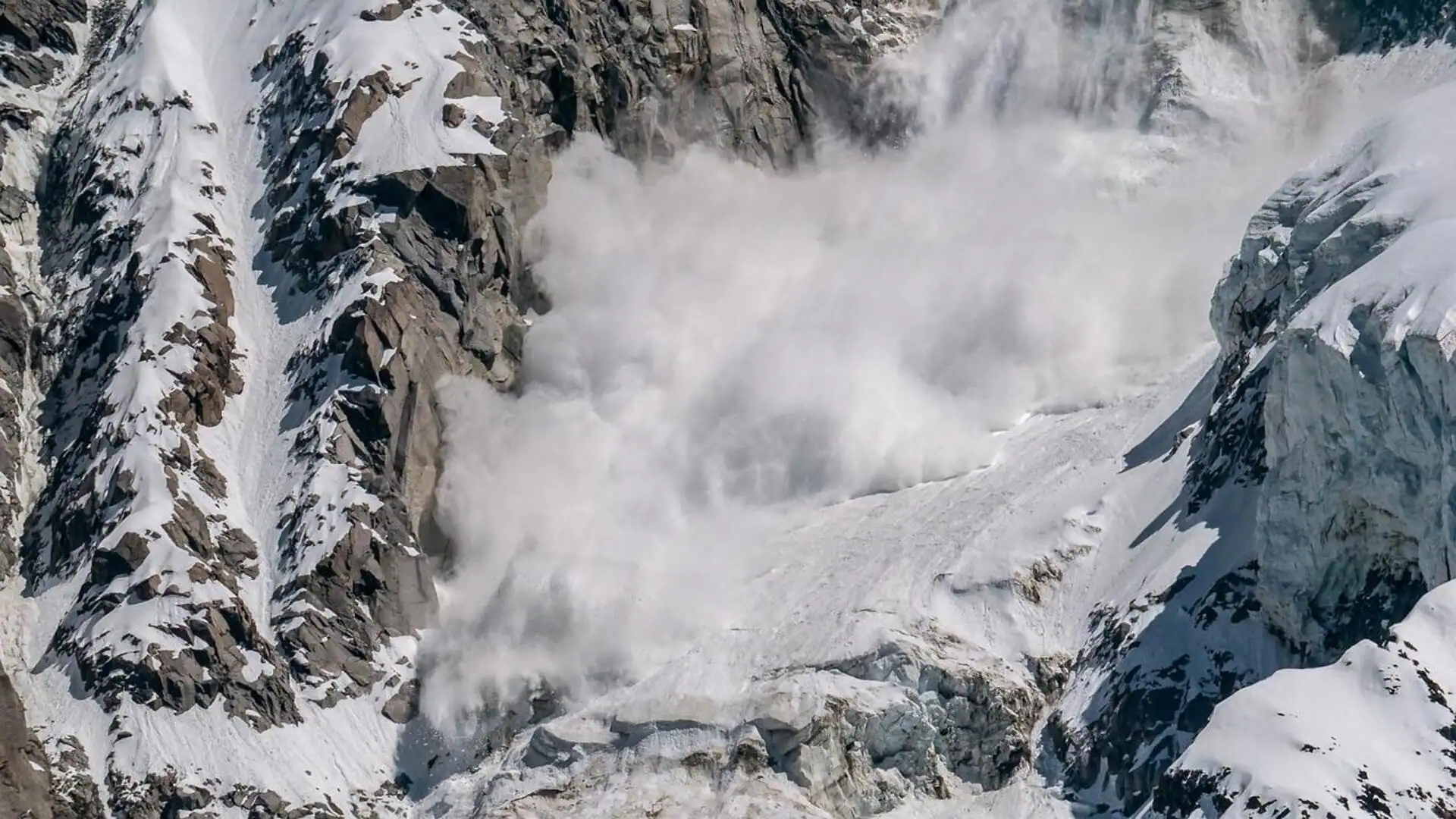A devastating avalanche struck a construction camp near Mana village in Uttarakhand, India, trapping more than 40 workers under thick snow. The disaster occurred on Friday due to severe blizzard-like conditions in the region. A total of 57 workers were initially caught in the avalanche, but rescuers managed to save 15 of them, leaving 42 still missing. The incident has triggered an extensive rescue operation as authorities work against the clock to locate and save the trapped individuals.
Extreme Weather and Climate Change Complicate Rescue Efforts in the Himalayas
Efforts to reach the workers have been significantly hindered by extreme weather conditions. Heavy snowfall, strong winds, and blocked roads have made it difficult for rescue teams to access the area. Uttarakhand’s top police officer, Deepam Seth, stated that snow cutters have been deployed to clear roads while additional troops and equipment are being sent to aid in the rescue.

Reports indicate that an avalanche warning had been in place since Thursday, but the unexpected scale of the event has complicated response efforts.
Scientists have linked rising avalanche incidents in the Himalayas to climate change, with warmer oceans intensifying extreme weather conditions. The rapid development in fragile mountain ecosystems has further increased concerns about deforestation and construction in high-risk areas. Environmentalists warn that unchecked infrastructure projects in Uttarakhand and other Himalayan regions could worsen the frequency and impact of such disasters.
Recurring Disasters and Ongoing Rescue Efforts Highlight Safety Concerns in India
Uttarakhand has faced multiple deadly natural disasters in the past. In 2021, nearly 100 people died when a glacier collapsed, triggering flash floods. In 2013, monsoon floods and landslides killed approximately 6,000 people, prompting calls for stricter environmental regulations and disaster preparedness measures. Despite these tragedies, concerns remain about the sustainability of development projects in ecologically sensitive zones.
As the rescue operation continues in Uttarakhand, authorities are also working to save workers trapped in a separate disaster in southern India. In Nagarkurnool, a tunnel partially collapsed, leaving several laborers stranded for over a week. The two ongoing rescue missions highlight the dangers faced by India’s construction workforce, particularly in hazardous and disaster-prone regions. Authorities are under pressure to enhance safety measures and improve disaster response strategies to prevent future tragedies.


